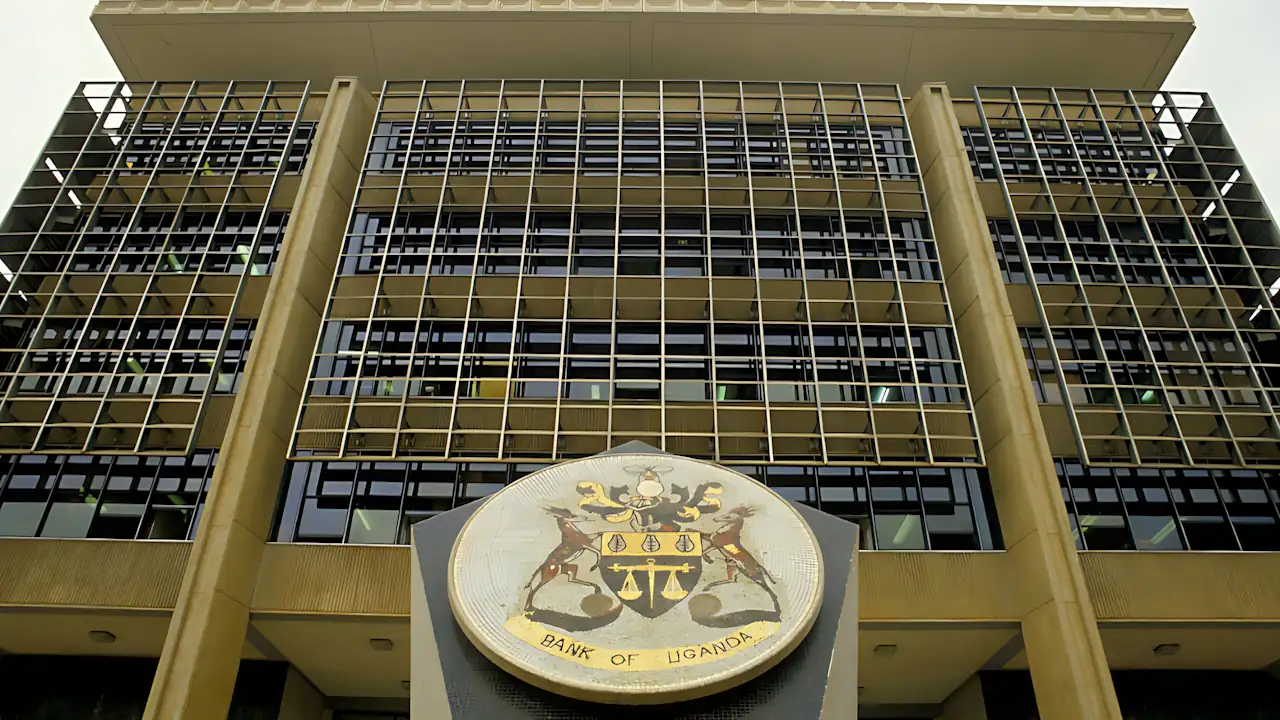
Monetary Policy Statement for February 2024
On 6 February 2024, the Monetary Policy Committee (MPC) maintained the Central Bank Rate (CBR) at 9.5 per cent.
Incoming data broadly confirmed the MPC’s December 2023 assessment of the inflation outlook. Both headline and core inflation rose to 2.8 per cent and 2.4 per cent respectively in January 2024, from 2.6 per cent and 2.3 per cent in December 2023. However, inflationary pressures remain subdued, reflecting the continued fading effects of supply-side shocks, declining global inflation, and tight monetary and fiscal policies. In addition, improved domestic food supply due to favourable weather conditions has pushed down food inflation. A favourable balance of payments and tight monetary policy have also helped to stabilise the exchange rate, which has reduced stronger domestic inflationary pressures.
Inflation forecasts for the short term (12-month horizon) have been revised slightly upwards in view of the relatively stronger exchange rate depreciation in the recent past, but are expected to remain below the medium-term target of 5 per cent. Inflation is projected to remain at around 3 per cent until the first half of 2024, broadly reflecting stable demand conditions and the easing of global price pressures, which are expected to feed through to domestic prices over time. Core inflation is projected to rise to 4.5-5.0 per cent in FY24/25 and to remain around 5 per cent over the medium term.
Risks to the inflation outlook remain highly sensitive to changes in global commodity prices and global financial market developments. Instability in the Middle East is creating new supply chain disruptions and the threat of higher oil prices. In addition, the risk of heightened volatility in the global financial and foreign exchange markets remains, which could spill over into the domestic foreign exchange market. Indeed, the recent shilling movements against the US dollar have been mainly driven by external factors and, if sustained, could lead to higher inflation despite easing global inflation. Furthermore, renewed global supply disruptions could reverse global disinflation and delay monetary easing in advanced economies, leading to continued portfolio outflows and further depreciation pressure on the Ugandan shilling.
Economic growth continues to pick up, partly reflecting the waning drag on growth from past tight monetary and fiscal policies. The recently released quarterly GDP by the Uganda Bureau of Statistics (UBoS) for the first quarter of FY2023/2024 indicates GDP growth of 5.3 per cent, driven mainly by growth in household spending. The December 2023 high frequency indicators of economic activity suggest a continued recovery in economic growth in FY2023/24, with growth projected at 6 per cent, similar to the December 2023 projection. In the outer years, economic growth is projected to be in the range of 6.5-7 per cent. Growth will continue to be underpinned by the recovery in external demand and the low inflation environment, which has supported a recovery in household real incomes and stimulated consumer spending. In addition, investment spending will continue to be supported by strengthening activity in the oil sector.
Nevertheless, the growth outlook remains subject to downside risks stemming from global uncertainties, including slower-than-expected global and regional growth; a resurgence of supply chain distortions if geopolitical tensions escalate and spread; and tighter fiscal policy, partly due to unfavourable global financial conditions, which could constrain government development spending. In addition, increased government financing from the domestic banking sector could lead to higher lending rates and crowd out the private sector from the credit market, thereby constraining household consumption and private sector investment.
While the economy is evolving broadly in line with the December forecast, considerable uncertainty remains. Overall, the risks to the inflation outlook remain tilted to the upside. Therefore, the MPC decided that keeping the CBR unchanged was necessary to anchor inflation around the target over the medium term. Consequently, the CBR was kept at 9.5 per cent, the bands on the CBR at +1-2 percentage points and the margins on the CBR for the rediscount rate and the bank rate at 3 and 4 percentage points respectively. As a result, the rediscount rate and the bank rate will remain at 12.5 per cent and 13.5 per cent, respectively.
This monetary policy stance is consistent with the current assessment of inflation and growth prospects, and remains supportive of socio-economic transformation. The BOU’s monetary policy decisions will continue to be based on incoming economic and financial data.
Michael Atingi-Ego
Deputy Governor






